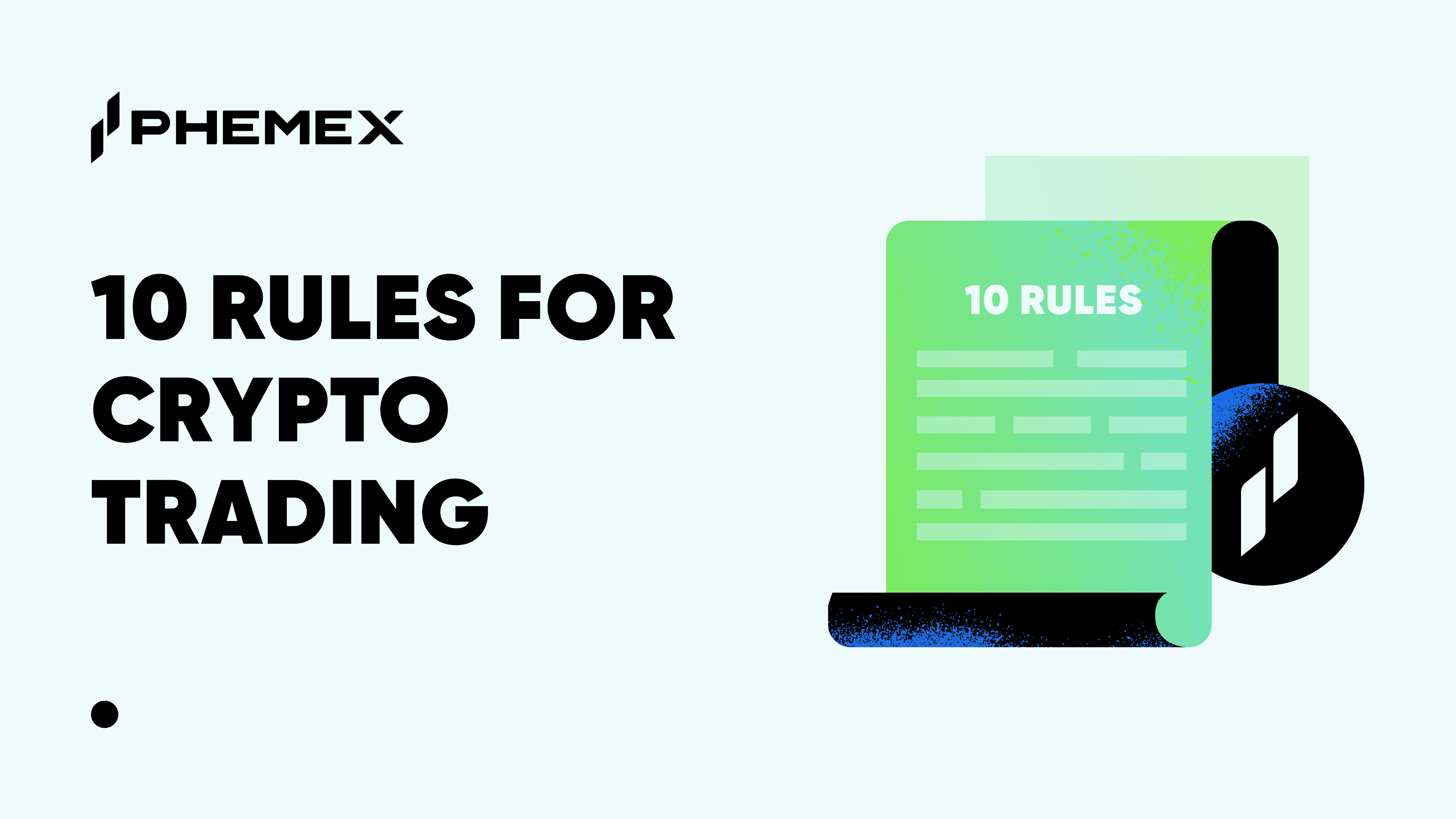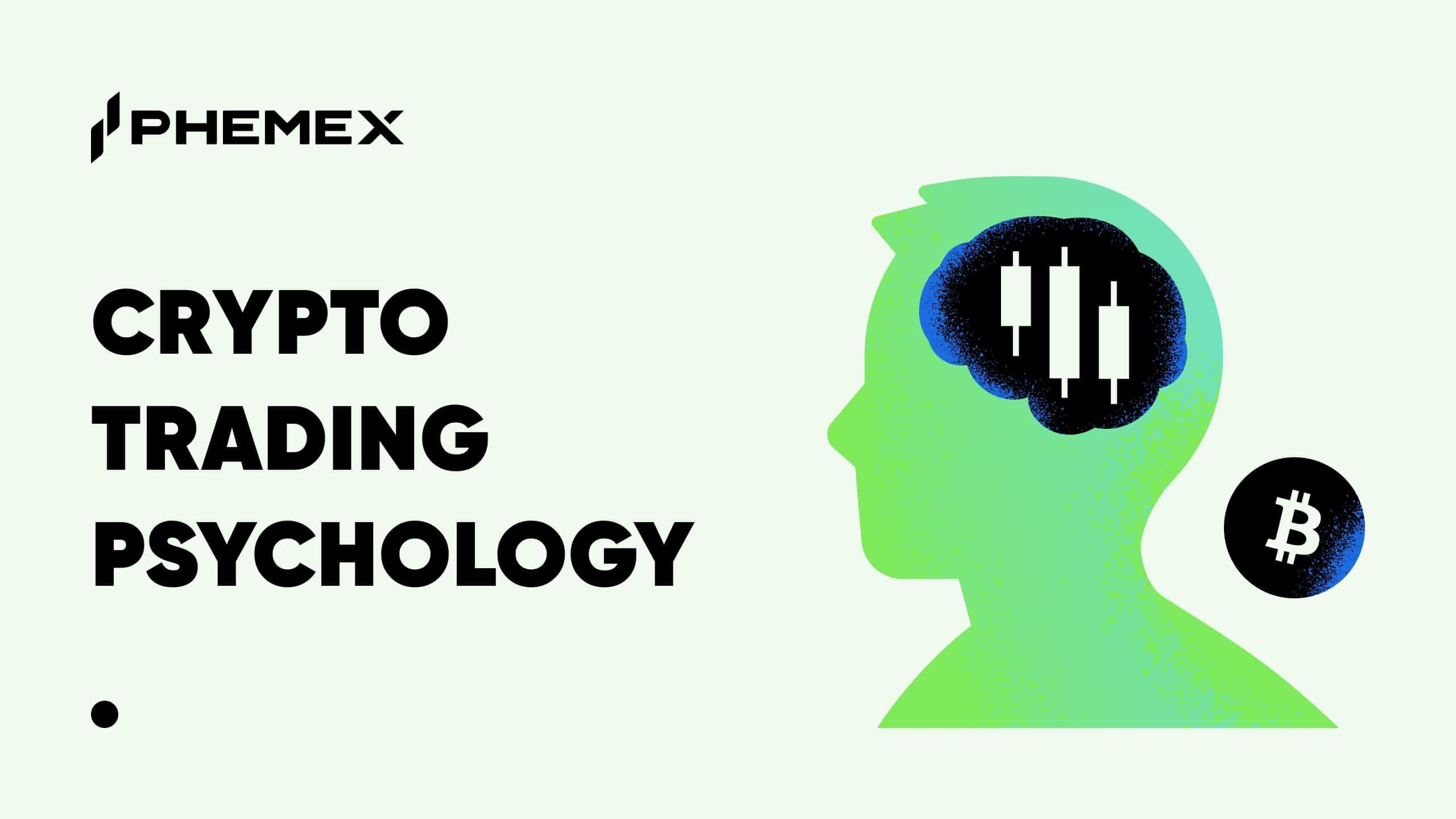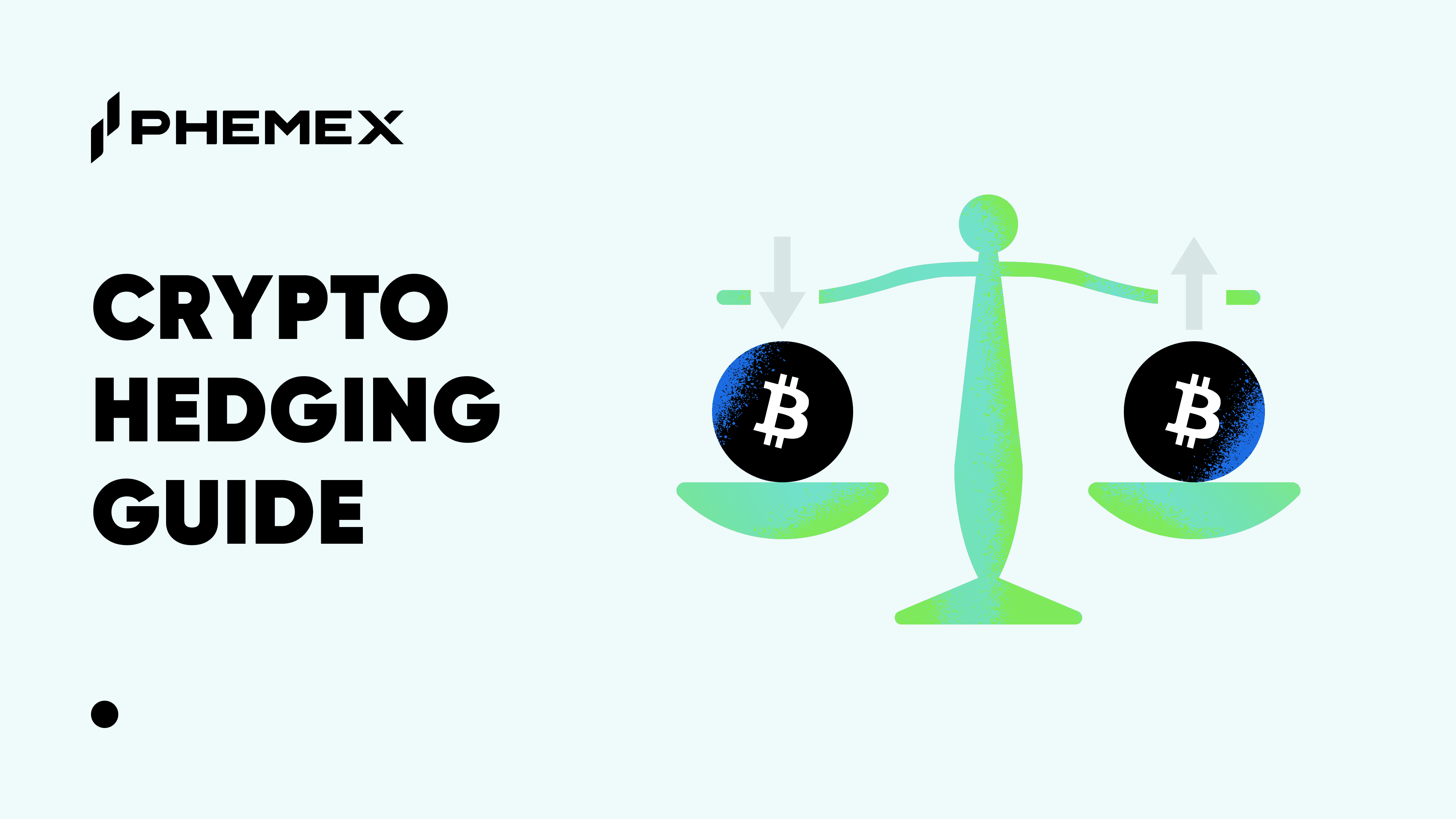In trading, there is always the chance to make or lose money. To mitigate loss and maximize profits, market analysts employ various tools, methods, and indicators. Two popular market indicators often used in options trading are volume and open interest.

What Is Options Trading?
To understand volume and open interest (OI), one must first understand what options trading is. In a nutshell, options trading allows traders to enter into a contract to buy or sell assets/shares for a predetermined price once a predetermined date arrives .
Options trading is risky, but it can also be very lucrative. Traders look for the most traded options to identify the right asset to trade. Additionally, they will look at the highest volume options and current market trends to establish the price and expiration date for their contract. Thus, analyzing volume and open interest in options trading are two ways that an investor can look at current options activity.
Identifying the top options volume can help comprehend market movements and asset liquidity. Open interest options, meanwhile, can show how much new money is coming in or out and thus display the level of interest in the asset. For example, if there is a high level of interest, then it may be wise to set a higher sell price.
When Does the Options Market Open?
The options market has largely been based on traditional stocks, and thus this has meant that it has operated during normal trading hours, plus extended trading hours (Monday to Friday, 9am to 6pm ET). However, with the increase in 24-hour exchanges, such as those used for crypto, traders can trade options at any time.

What Is Open Interest?
Open interest is one of the key option trading indicators. It is used to show how much interest, or money, is flowing in and out of an asset at any one time. During the period between an options contract being signed and an options trade going through, these are considered “open.” Thus, open interest counts the number of open contracts for an asset and shows the interest that exists for that asset.
It is calculated as follows:
- Person A opens 1 contract to buy 1 Bitcoin (BTC) at a predetermined price in one month’s time. Here, open interest increases by 1.
- Person B opens 2 contracts to sell 1 BTC and 1 ETH at a predetermined price in one week’s time. Here, open interest increases by 2, taking it to a total of 3.
- Person B’s week is up and they sell their 2 contracts. Here, the contracts are closed and the interest reduces to 1 (as person A’s contract is still open).
Open interest counts each open contract as 1. This means that the open interest will be representative of either all the sells or all the buys, instead of counting each seller and each buyer separately.

A graphic of how open interest increases. (Source: fx-australia.com)
What Does Open Interest Mean in Options Trading?
Open interest shows the fluctuation of interest in an asset. This can help an investor confirm whether a bullish or bearish trend is going to continue, plateau, or reverse.
- If there is a bullish trend and the open interest is high, that trend may be confirmed. New money is coming in, new contracts are being made, and thus there is a steady or increasing interest in that asset.
- If there is a bullish trend but open interest is low, this could indicate that the trend is about to change.
- If there is a bearish trend and open interest is low, this again confirms the trend that the market is weak.
- If there is a bearish trend and open interest is high, this could indicate that despite the market being weak, the trend might soon reverse.
Despite its use as an indicator of interest in an asset, however, open interest should not be used to predict where the value of an asset is going. After all, just because the open interest in an asset has increased, does not mean that those investors are correct to invest. The price may fall regardless.

What Is Volume?
Volume is a market indicator that shows an asset’s movement, or liquidity, during a certain trading period. It measures how much an asset is bought and sold. In addition, it calculates the volume of sellers and buyers there are for an asset during that period.
An asset will often have high volume during periods of price volatility or market hesitancy, since buyers and sellers will run to ensure that they can enter or exit the market in time to make their best profits. The higher the trading volume, the more significant it is, and vice-versa.
Volume is often confused with open interest but in reality, they are quite different. One clear aspect is that volume measures completed trades, while open interest measures open trades.

The increase in Bitcoin’s trading volume (in blue) from 2013 to Dec 2021. (Source: bitcoinvisuals.com)
What Does Volume Mean in Options Trading?
Volume is often used by technical analysts to calculate the best entry and exit points for an investment in an asset. By analyzing market movement and asset liquidity, an investor gets a better idea of when to buy or sell.
Analysts will use volume to confirm the support there is for an asset, and then use that information to dictate if it is a good time to buy or sell that asset. For example:
- To identify whether there is growing support for an asset, analysts will look for a high volume of buyers.
- To identify whether the support is waning for that asset, they will look for a low level of buyers.
- To identify a reversal, showing that the support has taken a turn and investors are trying to get rid of the asset, they will look for high seller volume.
- To identify a break in that loss of support, they will once again look for a high volume of buyers.
Open Interest vs. Volume — Understanding the Difference
Open interest and volume are both market indicators used by trading analysts, however, they measure different things.
To use an example:
- Person A creates a contract to sell 1 BTC to person B.
Here, one new contract has been made and a trade carried out. So, both open interest and volume increase by 1.
- Person B now decides to sell their 1 BTC to person C.
Person B bought that 1 BTC from person A, meaning that the same contract, or same BTC, is being traded. This means that no new contract has been made and no new money has entered the market — as in order for person C to enter the market, person B has to leave it by selling person C their BTC. No new money means no new open interest and so the OI stays the same, but there has been trading activity and so the volume increases by 1.
Options Volume vs. Open Interest: Which Is Better?
The reality is that neither of these indicators is better than the other, since both show different things. They are best used in conjunction with one another for a more accurate reading of the market.

Market indicators used in conjunction for a more accurate market interpretation. (Source: teknopre.blogspot.com)
The key is simply to know how and when to use them:
- Open interest can only be used for options and futures trading, whereas volume is used for all types of trades.
- Open interest measures the interest in an asset, while volume measures the significance of a move in an asset’s value.
- Open interest shows how much new money flows in or out of an asset, while volume shows an asset’s liquidity, or its total trading activity.
- Open interest is often used to confirm market trends or indicate if they are going to turn, while volume is often used to identify the best exit and entry points.
What to Watch Out for When Using Open Interest and Volume
Both volume and open interest offer valuable information on an asset’s performance and help traders make their trading decisions, however, there are some points to consider. Volume, as it changes so often, is usually based on estimates until at least 24 hours after it has been indicated. Open interest, meanwhile, shows how many people are interested in buying or selling an asset, but it cannot guarantee that those investors know where the market is going. Both should only be used as tools to help with market analyses, and not as clear indicators of where the market is going.
Read More
- What is Open Interest in Cryptocurrency Markets?
- What Is Crypto Trading Volume: How It Affects Price
- Understanding Trading Volume in Ranges and Trends
- What Is Net Volume Index: Indicator Of Real Market Sentiment
- How to Trade Bitcoin with Volume Profile
- What Is Volume Oscillator (VO) in Crypto Trading?
- On-Balance Volume Indicator (OBV): A Crypto Trading Strategy with OBV
- Open Position & Close Position: What It Means In Crypto Trading









